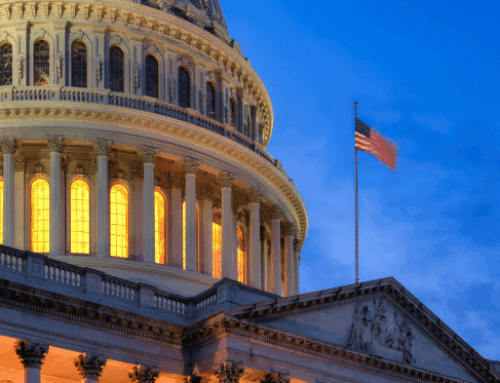Wednesday, October 29th will mark the second anniversary of Superstorm Sandy hitting the east coast. Last year we wrote about the “paper” or one year anniversary. While there has been progress toward recovery and rebuilding, approaching this “cotton” anniversary there’s a long way to go – both on the ground and in reforming government policy to promote resilient community building and using disaster relief funds to pre-spond to future disaster. We need to make reforms to make resilience the “fabric of our lives.”
After Sandy hit there was insistent demand to get additional funds appropriated – that it had been months since the disaster but Uncle Sam hadn’t signed a new check to augment the several billion dollars already flowing from the Federal Emergency Management Agency’s (FEMA) Disaster Relief Fund. But what we have seen is that cutting a check doesn’t get dollars on the ground. The emergency supplemental spending bill passed in January 2013 contained $48 billion (post-sequestration). As the first anniversary approached, only 23 percent had been directed to a specific purpose (obligated) and less than 11 percent had gone out the door (outlaid). As of August 31 this year, a little over a third (39 percent) has been obligated and less than a quarter (23 percent) outlaid. The Department of Housing and Urban Development and U.S. Army Corps of Engineers, which collectively received more than $20 billion, have only spent 12 percent of that total.
Perhaps we shouldn’t be surprised. The Department of Homeland Security Inspector General found that as of March 2014 – more than eight years after Hurricane Katrina – Louisiana hadn’t spent $812 million of the hazard mitigation funds that they had been given. That represents more than a third of the $2.16 billion appropriated after the hurricane intended to reduce future risk from storms. Eight years. $800 million unspent.
Slow spending is not necessarily a bad thing (except in that Louisiana case – that’s unacceptable). Spending slower can be more deliberative. But it also indicates that we didn’t actually know what needed to be spent when and where in the days following Sandy. And that a more deliberative and overseen process would be better than writing checks when the country was still in shock. For instance, much of the Sandy assistance – unlike regular appropriations – doesn’t require any local cost-share. To be clear, requiring localities – including states – to put up even a small portion of the costs not only measures actual need, it stretches federal dollars farther. You could argue that a ravaged tax base and a damaged economy immediately post-Sandy justified waiving state/local cost-sharing, but two years out it seems short-sighted and wasteful.
If you’re going to spend it slow, it has to be spent wisely. But in many cases the U.S. Army Corps of Engineers has built berms (constructed dunes) and pumped sand on beaches just like before. Those projects don’t remove risk – mitigate – they attempt to reduce damage. But they can also encourage more expensive and intensive development. That’s why FEMA would not provide mitigation funds for berms and levees. At least until this summer when FEMA redefined mitigation to include them.
That is precisely the wrong way to go. In the face of accelerated sea level rise community development and disaster spending should be about removing risk where possible and creating incentives to rebuild not only stronger, but better. In January, the Corps of Engineers is supposed to deliver its North Atlantic Coast Comprehensive Study to Congress. The study is supposed to include risk reduction strategies and promote resilient communities. To truly accomplish this it has to be more than a rehash of expensive structural solutions the Corps has promoted since it started in the flood damage reduction business more than a century ago. It will have to include non-structural measures, include other federal agencies engagement, and challenge state and local governments to take on the issue.
But even beyond the Corps study, our “just open the wallet” disaster policy needs to be reformed. There should be a sliding scale of disaster relief to encourage community preparedness; it should be easier to use funds to rebuild in a way that reduces risk rather than replacement in kind. Communities and public entities should be encouraged to lay off risk to the private market through insurance, reinsurance, and catastrophe bonds.
The silver lining of not having spent much of the Sandy funding is that there is an opportunity to get it right and make these communities less vulnerable and more resilient. The responsibility for Congress and the Administration is to reform community development and disaster policies to promote risk reduction and resilience. The nation has weathered the last two years relatively unscathed by storms. That is not going to last.








